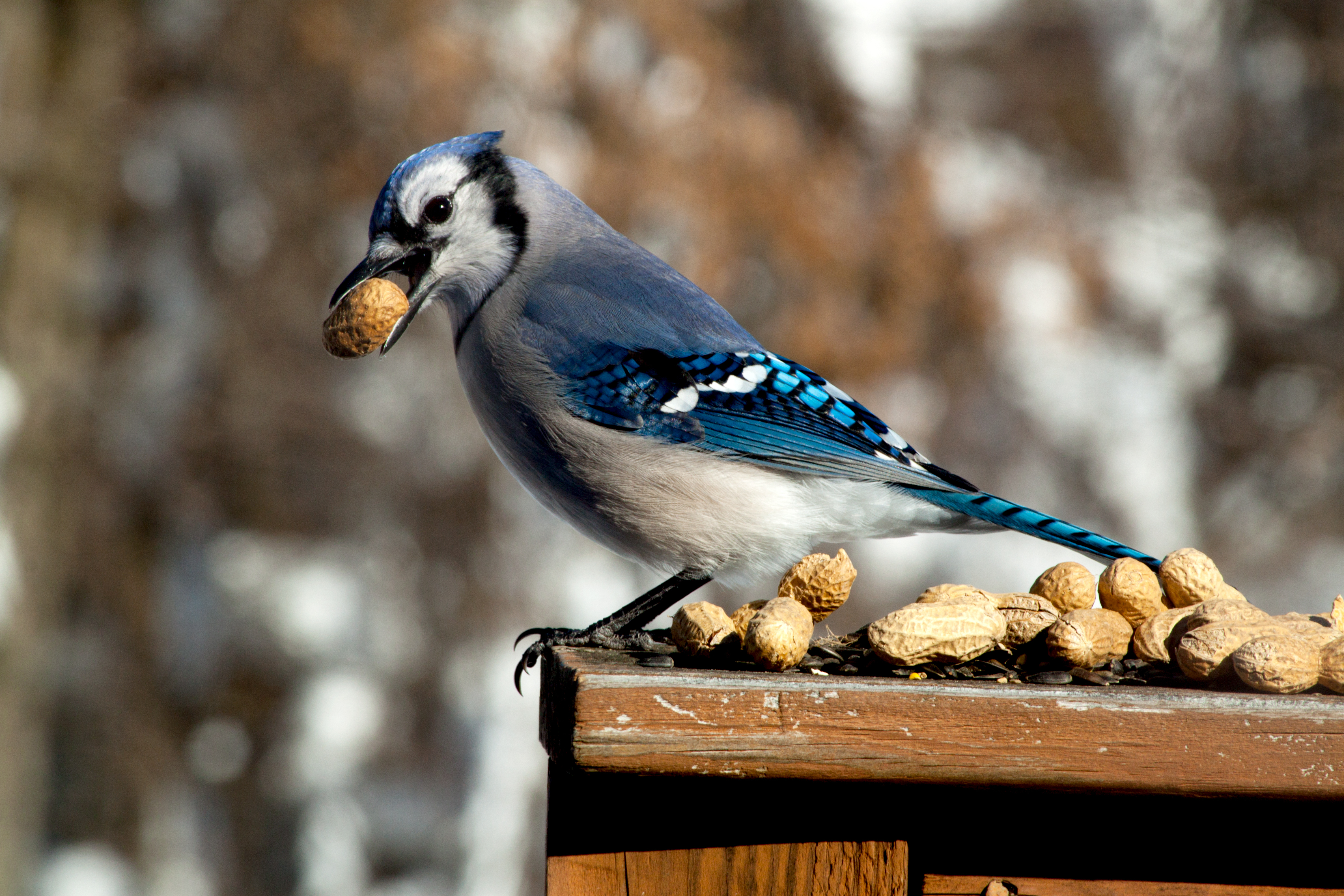Community Science Bird Surveys
Participants tally their findings during the Audubon Christmas Bird Count in Central Park. Photo: Camilla Cerea/National Audubon
NYC Bird Alliance’s conservation programs are led by a professional science staff today—but the organization was founded by passionate birders and volunteer conservationists. Many in our community today are highly skilled birders with knowledge gained over years of careful observation in the field. Those skills are needed! Today it is as critical as it ever has been that we document changes in bird populations, as they face increasing pressures from threats such as habitat loss, environmental contamination, and global climate change.
While lettered ornithologists have certainly contributed much to our modern understanding of bird biology and behavior, much of the knowledge that today’s birders and bird conservationists have right at their fingertips has in fact been provided by “amateur” birders. The term deserves more respect than it often gets. Nonprofessional bird-lovers and naturalists, people who watch and study birds, have created much of the reference material that we now take for granted: field guides and smartphone apps by Sibley, Stokes, or Peterson…over 120 years of Audubon Christmas Bird Count Records…and the vast and growing online databanks of eBird.
Today, eBird has converted tens of thousands of birders across the globe into constantly working community scientists, gathering data on bird populations with every submitted checklist. On May 9. 2020, 50,000 birders contributed to a record “Global Big Day” organized by eBird.
 "}" data-trix-content-type="undefined" class="attachment attachment--content">
"}" data-trix-content-type="undefined" class="attachment attachment--content">Several recent studies have drawn upon long-term community science data sets, including the Audubon Christmas Bird Count and Breeding Bird Atlases—and raised a call to action to protect North American Birds: National Audubon’s “Survival by Degrees: 389 Bird Species on the Brink” warns that two-thirds of North American bird species are at increasing risk of extinction from global temperature rise. “Decline of the North American Avifauna,” from Cornell University and American Bird Conservancy and published in the journal Science, states that North American bird populations have declined 29 percent since 1970.
While such research results are sobering, they provide a firm scientific footing for conservation-minded Americans to demand widescale action and change to protect our birds. And everyone can contribute to needed scientific knowledge by volunteering as a community scientist. NYC Bird Alliance looks to engage community members from across New York City’s five boroughs in our work.
Volunteers participate in the Christmas Bird Count. Photo: Skyler Ballard / Audubon
Christmas Bird Count
Many birdwatchers across the country get to know the Audubon Society through a tradition almost as old as the Society itself: the Audubon Christmas Bird Count. In 1900, early Audubon officer and ornithologist Frank Chapman proposed the first “Christmas Bird Census” as a conservation-minded alternative to the long tradition of the “Christmas Side Hunt”: a competition to shoot as many birds (and mammals) as possible. That first year, 27 Audubon Christmas Bird Counters conducted 25 observational counts across North America, tallying 90 species.

Clapper Rails chicks in Plumb Beach, Brooklyn, in 2020. In 2020, Breeding Bird Atlasers confirmed breeding Clapper Rails in the marshes of Brooklyn, Queens, and Staten Island. Photo: Ryan F. Mandelbaum
Breeding Bird Surveys
New York City is a world famous bird migration hotspot, both spring and fall. In the springtime, millions of migrating birds funnel into our green spaces as they travel north along the Atlantic Flyway. Most rest and refuel for a few days, before moving on to breeding grounds far from here. But good variety, more than many birders realize, stay here to nest and raise young.

Red Knots, Semipalmated Sandpipers, Ruddy Turnstones, and American Oystercatcher feed amongst spawning Horseshoe Crabs. Photo: Don Riepe
Shorebird Blitz
NYC Shorebird Blitz is a community science initiative that aims to find the total number of shorebirds using our City during a 24-hour snapshot period, helping us answer important conservation questions such as how many shorebirds are coming through our area during peak spring and fall migration, how they are distributed throughout the City, what they are doing while here, and what disturbances they face. Shorebird Blitzes occur in May and August.

Blue Jay. Photo: Terri Cofiell/Great Backyard Bird Count
Great Backyard Bird Count
Launched in 1998 by the Cornell Lab of Ornithology and the National Audubon Society, the Great Backyard Bird Count is a community-science project to collect data on wild birds and to display results in near real-time. Over four days each February, volunteers spend at least 15 minutes on one or more days of the count and tally the numbers and species of birds seen online. You can count from any location, anywhere in the world, for as long as you wish!



